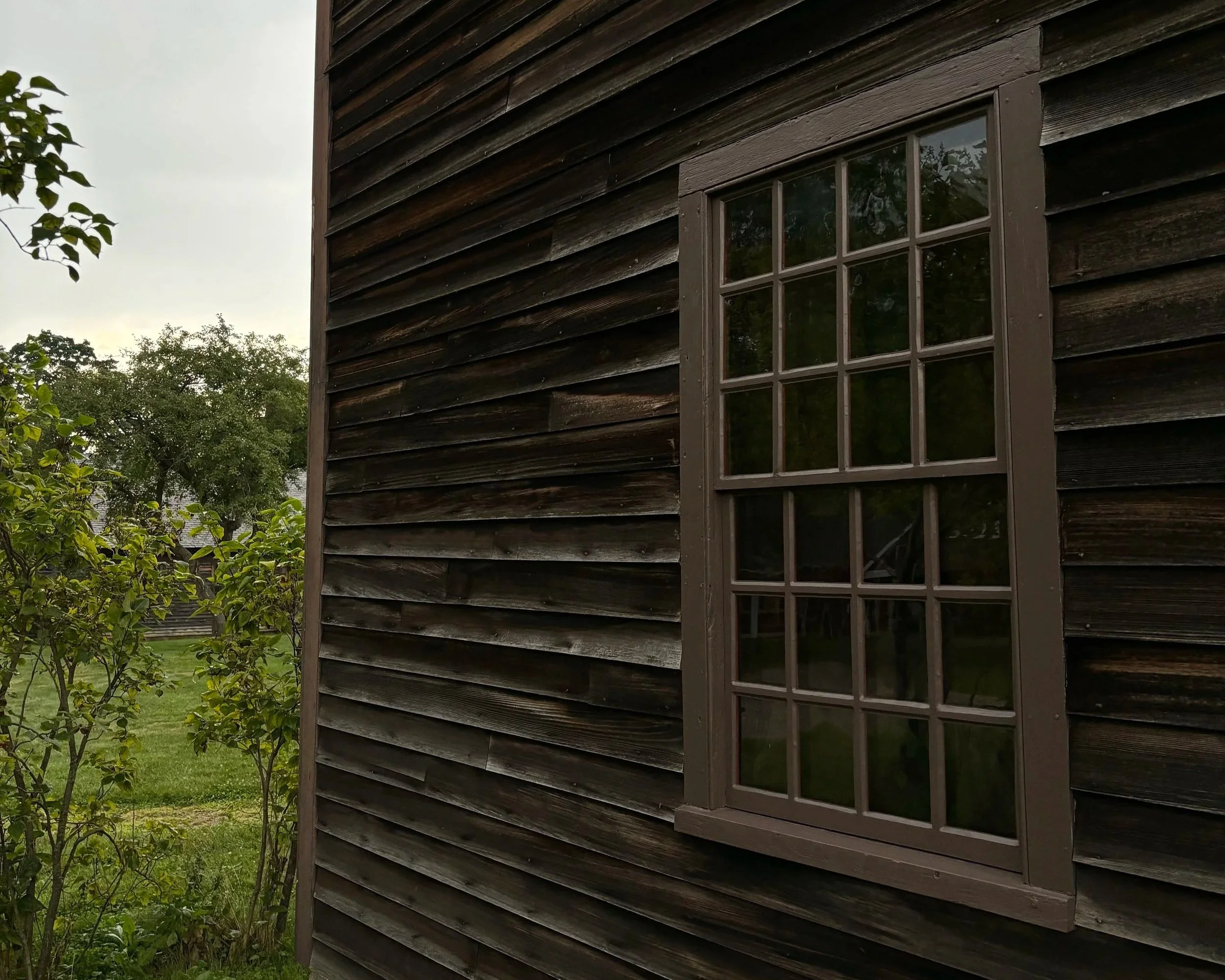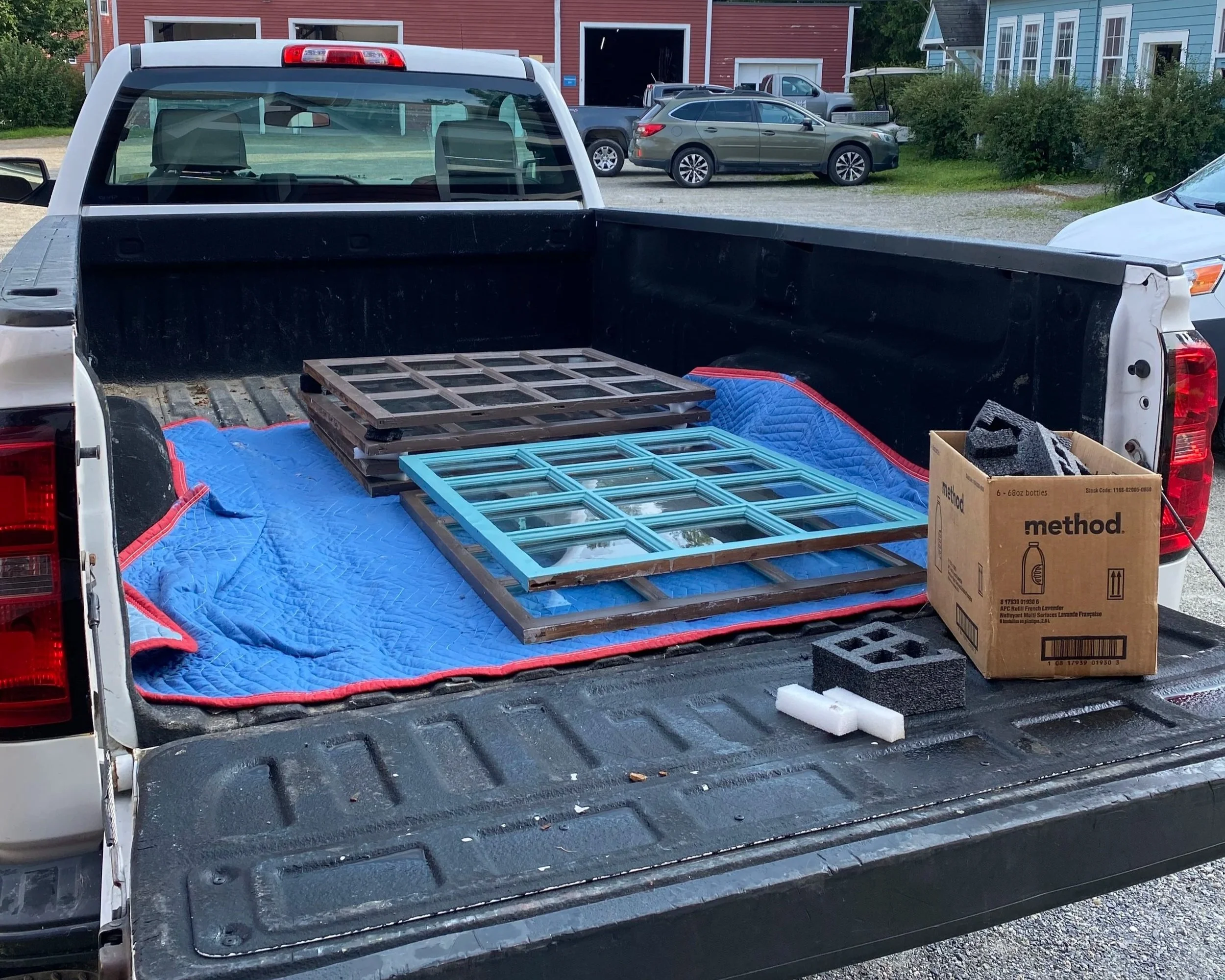Historic Window Restoration
The Shelburne Museum is a forty-five-acre campus, with a collection of thirty-nine historic buildings; homesteads, barns, a lighthouse, an inn, a schoolhouse, a steamboat, and more. Collected from across New England and New York, each building was relocated to the Museum for the purpose of restoration and preservation. Today, each building requires a particular level of routine restoration— some in more need than others. As the museum’s collection was started in 1947, a common issue found today in many of the buildings is their weathered and worn-out windows. While most windows were replaced during the relocation of historic buildings in the mid-to-late twentieth century, many have since been properly restored only once or twice.
Most windows dated back those near-eighty years since their respective buildings had been relocated to campus. This required a delicate restoration process as to preserve fragile original glass, unique framing and measurements, and wood detailing. Windows would be carefully removed from their sills and recorded with labeling for a correct place of return.
In my role as carpenter’s apprentice, a lot of my job tasks were focused on the restoration of these windows. Most of the windows I restored belonged to Prentis House, a 1773 colonial New England “salt-box” style home that was brought to the museum in 1955 from its original site in Hadley, MA.
After bringing the windows back to the shop, they were scraped of all loose paint and weak glazing. Glass panels were carefully removed, and if not cracked upon the release of pressure, scraped and cleaned of old residue before being later put back in place. The original frames were sanded down their wood base, free of old paint, and resealed with an oil primer. After the glass panels were back in place, the exterior sides of the windows were treated with a glazing compound and carefully sculpted into their ultimate form.
Once dry, the windows would get one more round of sanding before the final seal of interior and exterior coats of original paint color-matches. This was an incredibly rewarding process— bringing windows into the shop that were in need of thorough restoration made seeing them off to be put back in place all the more satisfying.
A lot of time was spent outside of the shop doing restoration work on the Brick House, the original home of the museum’s founder, Electra Havemeyer Webb, located two miles of the main campus.
The Brick House was originally built in 1840 as a lake-side farm house, later expanded into a forty-room estate by the Webb family in the early twentieth century. Today, the Brick House is a popular venue for weddings, owned by the museum. For its size, rich history, and continued use, the Brick House requires an immense amount of restoration. I was lucky enough to help with front and side-facade repairs.
Thank you to Shelburne Museum for this great experience in the field of historic architectural preservation (Summer 2024).









